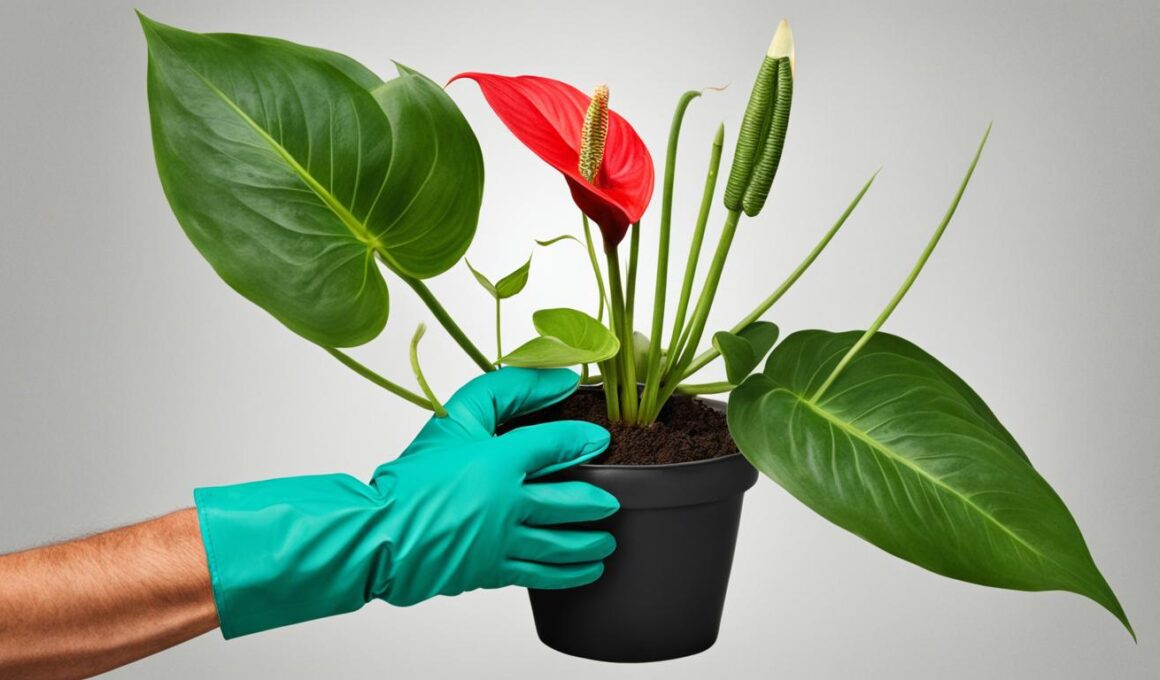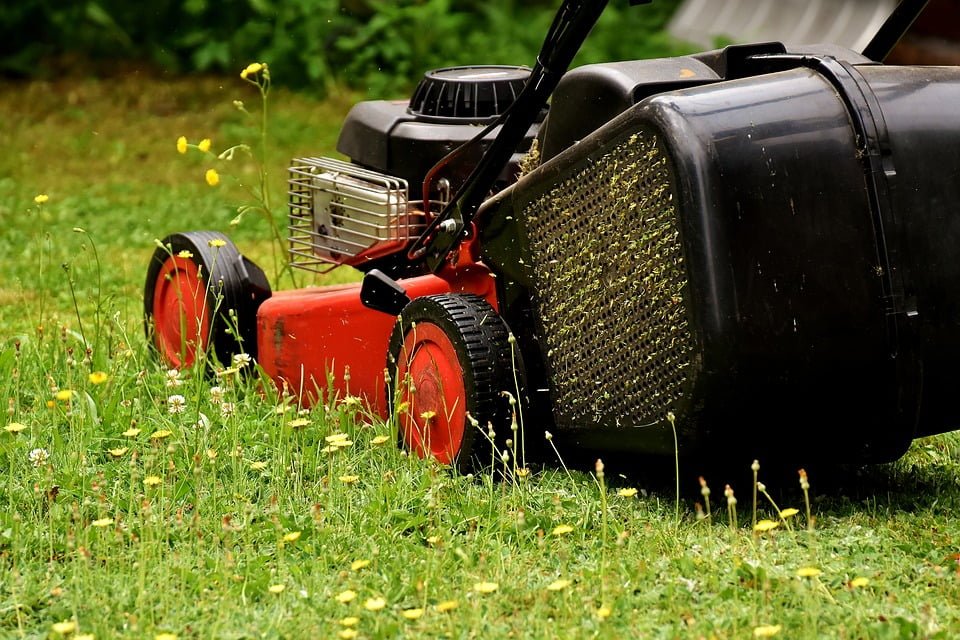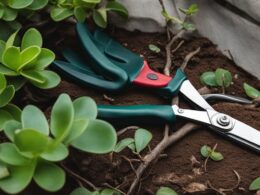Are you looking to expand your indoor garden with beautiful tropical blooms? If so, propagating Anthurium plants is a great way to do it! By propagating your own Anthurium plants, you can enjoy the satisfaction of watching them grow and thrive. Plus, it’s a cost-effective way to increase your Anthurium collection without breaking the bank.
Propagation allows you to create new plants from existing ones, giving you more opportunities to showcase these stunning flowers in different areas of your home. Whether you’re a seasoned plant parent or a novice gardener, propagating Anthurium is a relatively simple and rewarding process that anyone can try.
Throughout this article, we will explore different methods of propagating Anthurium plants, including stem cuttings, root divisions, and seed propagation. Each method has its own unique benefits and considerations, ensuring you have plenty of options to suit your preferences and circumstances.
By the end of this article, you’ll have all the knowledge you need to propagate Anthurium successfully and create a lush indoor garden filled with these vibrant tropical blooms. So let’s dive in and discover the art of Anthurium propagation!
Propagating Anthurium From Stem Cuttings
If you’re looking to propagate Anthurium, stem cuttings are a popular and effective method. By taking a healthy, leafy part of the plant and encouraging it to develop roots, you can create new Anthurium plants to expand your collection. Here’s how to propagate Anthurium from cuttings:
- Choose a thriving Anthurium plant with lush foliage for your stem cutting.
- Carefully make a clean cut at a 45-degree angle just below a leaf node. This ensures that the cutting has enough stem to anchor itself when rooted.
- To promote root growth, dip the cut end of the stem in rooting hormone. This hormone provides the necessary nutrients and hormones to stimulate root development.
- Now, there are two options for rooting your Anthurium cutting: in soil or in water.
Rooting in Soil:
If you choose to root your Anthurium cutting in soil:
- Select a small pot with well-draining soil or moistened potting mix.
- Make a hole in the soil about an inch deep using your finger or a pencil.
- Place the cutting in the hole, with the cut end inserted into the soil. Gently press the soil around the cutting to secure it.
- Provide bright, indirect light, as excessive sunlight can scorch the young cutting.

Rooting in Water:
If you prefer rooting your Anthurium cutting in water:
- Find a clear glass jar or vase and fill it halfway with water.
- Place the stem cutting in the jar, ensuring that the leaf remains above the water line.
- Change the water every few days to maintain its cleanliness and oxygen levels.
Both methods have their advantages. Rooting in soil provides a more familiar environment for the cutting, while rooting in water allows you to observe the root growth. Choose the method that suits your preferences and provides the best outcome for your Anthurium propagation journey.
Propagating Anthurium From Root Divisions
Another method for propagating Anthurium is through root divisions. This involves separating a mature plant into smaller sections, each with its own healthy root system.
Carefully dig up the entire plant and loosen the soil around the roots. Gently pull the plant apart into two or more sections, ensuring each section has at least one healthy root.
Replant each section in its own pot with a well-draining potting mix.
Keep the soil moist but not soggy, and monitor the moisture level using a moisture meter. This method of propagation is favored by many Anthurium parents because of its simplicity and high success rate.
By propagating Anthurium from root divisions, you can propagate multiple new plants from a single healthy parent plant. This method ensures that each new plant has a strong root system to support its growth. Remember to choose a well-draining potting mix to provide the right conditions for the roots to thrive.
- Dig up the parent plant and loosen the soil around the roots
- Separate the plant into smaller sections, each with its own healthy root
- Replant each section in its own pot with a well-draining potting mix
- Maintain the soil moisture using a moisture meter
Root divisions are a popular choice among Anthurium enthusiasts because they offer a simple and reliable way to propagate these beautiful plants. By following these steps and providing the appropriate care, you can successfully propagate Anthurium and expand your collection of vibrant tropical blooms.
Conclusion
Propagating Anthurium can be a rewarding and fulfilling process that allows you to expand your plant collection and share the beauty of Anthurium with others. To propagate Anthurium successfully, it is important to choose the right method for you. Whether you prefer stem cuttings, root divisions, or seed propagation, each method has its own considerations and steps to follow. Gather the necessary tools and materials, including pruning shears, well-draining potting mix, and rooting hormone, to ensure a successful propagation process.
Creating the ideal environment for propagation is essential. Provide your Anthurium plants with adequate light, maintaining a balance between bright indirect light and avoiding direct sunlight. Consider the temperature and humidity requirements, as Anthurium plants thrive in a warm and humid environment. Adjust the conditions as needed to create the best growing environment for your propagated Anthurium plants.
After propagating your Anthurium plants, it is crucial to care for them properly. Pay attention to their light and position, ensuring they receive the right amount of light for optimum growth. Be mindful of their temperature and humidity preferences, as well as the type of soil they need for healthy development. Water your plants adequately, keeping the soil moist but not soggy, and allow for proper drainage.
By following these tips for propagating Anthurium and caring for your propagated plants, you can enjoy the beauty of these stunning tropical blooms in your indoor garden for years to come. Take pride in your successful propagation efforts and watch as your Anthurium plants thrive and propagate further, creating a flourishing and vibrant display.
Can I use the same method to propagate Asparagus Fern as I do for Anthurium?
Yes, you can use the same propagating asparagus fern tutorial method to propagate Asparagus Fern as you do for Anthurium. Both plants can be propagated through division of rhizomes or by planting the plantlets that develop on the mother plant.









